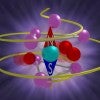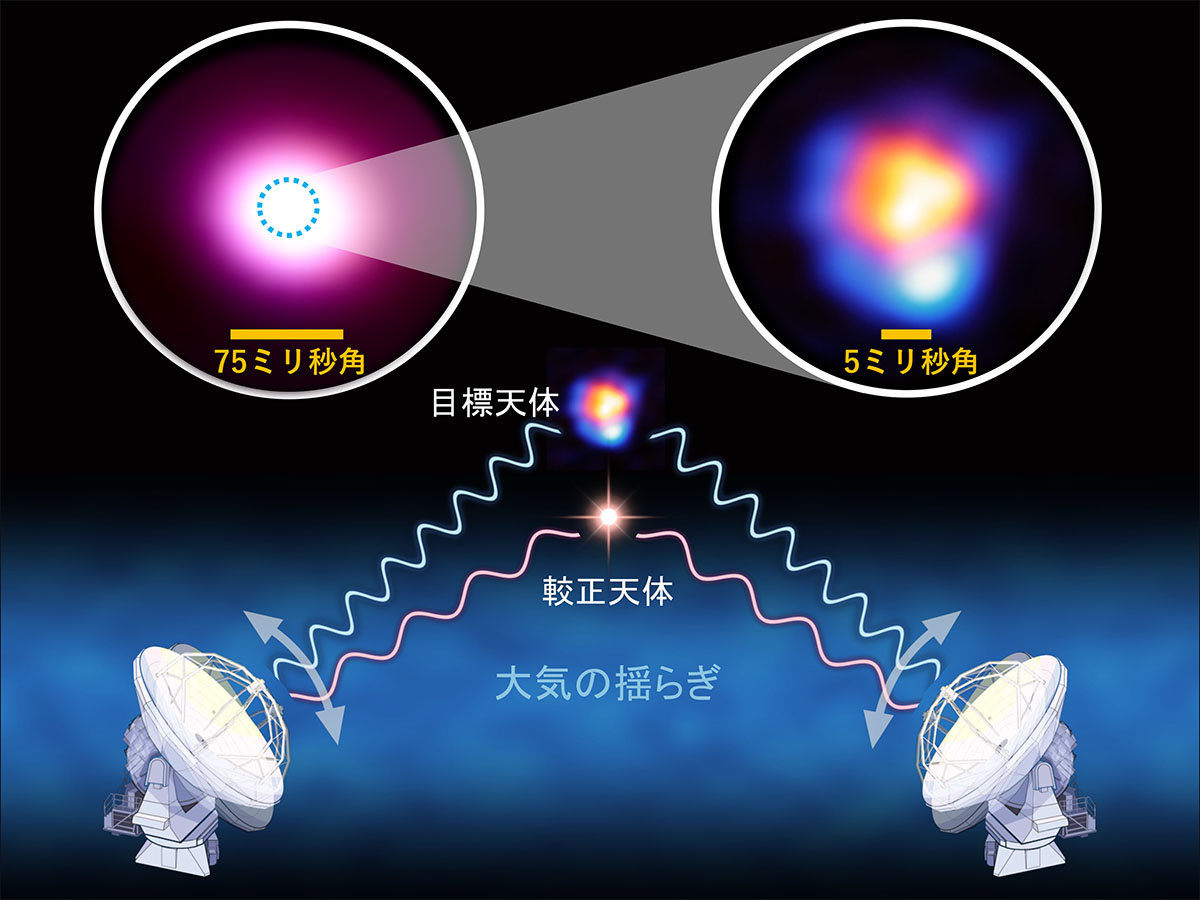2023-11-09 ライス大学

◆この効果は時間的には短命ですが、光パルスの持続時間をはるかに上回る時間にわたってスピンを整列させる力があります。この新しい現象により、物質の電気、光学、磁気特性への影響を定量的に測定し、スピン-フォノン結合と呼ばれる興味深い現象に対する理解が深まりました。
<関連情報>
- https://news.rice.edu/news/2023/atomic-dance-gives-rise-magnet
- https://www.science.org/doi/10.1126/science.adi9601
希土類ハロゲン化物中のキラルフォノンによる大きな有効磁場 Large effective magnetic fields from chiral phonons in rare-earth halides
Jiaming Luo,Tong Lin,Junjie Zhang,Xiaotong Chen,Elizabeth R. Blackert,Rui Xu,Boris I. Yakobson,and Hanyu Zhu
Science Published:9 Nov 2023
DOI:https://doi.org/10.1126/science.adi9601
Editor’s summary
The manipulation and control of the optoelectronic properties of a material finds application across a range of fields. However, doing so by applying electric or magnetic fields can be slow and not always practical. Luo et al. have shown that chiral phonons driven by ultrafast pulses of circularly polarized terahertz radiation can induce magnetic fields on the order of one tesla in the rare earth trihalide cerium fluoride (see the Perspective by Kaindl). Such control of spin-phonon coupling provides a route to on-demand ultrafast, large magnetic fields on an atomic scale that would be useful for both fundamental materials science and the development of energy-efficient spintronic devices. —Ian S. Osborne
Abstract
Time-reversal symmetry (TRS) is pivotal for materials’ optical, magnetic, topological, and transport properties. Chiral phonons, characterized by atoms rotating unidirectionally around their equilibrium positions, generate dynamic lattice structures that break TRS. Here, we report that coherent chiral phonons, driven by circularly polarized terahertz light pulses, polarize the paramagnetic spins in cerium fluoride in a manner similar to that of a quasi-static magnetic field on the order of 1 tesla. Through time-resolved Faraday rotation and Kerr ellipticity, we found that the transient magnetization is only excited by pulses resonant with phonons, proportional to the angular momentum of the phonons, and growing with magnetic susceptibility at cryogenic temperatures. The observation quantitatively agrees with our spin-phonon coupling model and may enable new routes to investigating ultrafast magnetism, energy-efficient spintronics, and nonequilibrium phases of matter with broken TRS.



